Certifications

OHSAS 18000 is an international occupational health and safety management system specification. It comprises two parts, 18001 and 18002 and embraces a number of other publications.
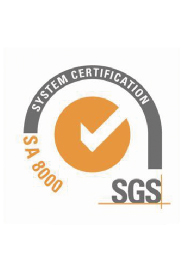
SA8000 is an auditable certification standard that encourages organizations to develop, maintain, and apply socially acceptable practices in the workplace. It was developed in 1997 by Social Accountability International (SAI), formerly the Council on Economic Priorities, by an advisory board consisting of trade unions, NGOs, civil society organizations and companies.[1] The SA8000 streamlines the complexities of navigating industry and corporate codes to create a common language and standard for measuring social compliance. As it can be applied worldwide to any company in any industry, it is an extremely useful tool in measuring, comparing, and verifying social accountability in the workplace.
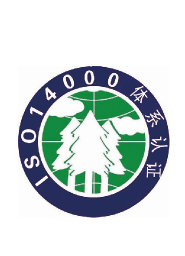
ISO 14000 is a family of standards related to environmental management that exists to help organizations (a) minimize how their operations (processes, etc.) negatively affect the environment (i.e., cause adverse changes to air, water, or land); (b) comply with applicable laws, regulations, and other environmentally oriented requirements, and (c) continually improve in the above.
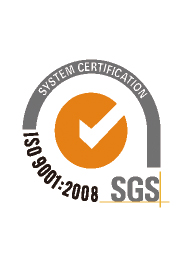
ISO 9001:2008 sets out the criteria for a quality management system and is the only standard in the family that can be certified to (although this is not a requirement). It can be used by any organization, large or small, regardless of its field of activity. In fact ISO 9001:2008 is implemented by over one million companies and organizations in over 170 countries.
This standard is based on a number of quality management principles including a strong customer focus, the motivation and implication of top management, the process approach and continual improvement. These principles are explained in more detail in the pdf Quality Management Principles. Using ISO 9001:2008 helps ensure that customers get consistent, good quality products and services, which in turn brings many business benefits.
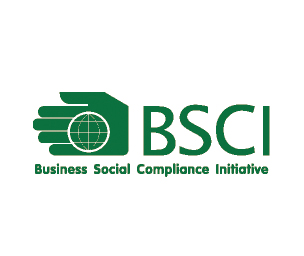
The BSCI is based on the labor standards of the International Labour Organization (ILO) and other important international regulations like the UN Charta for Human Rights, as well as on national regulations. This initiative aims at continuously improving the social performance of suppliers, ultimately enhancing working conditions in factories worldwide.
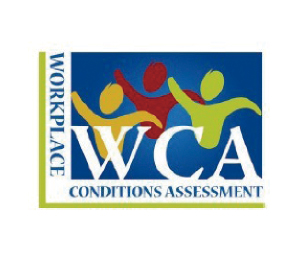
Brands and international buyers are demanding more effective measures for evaluating suppliers’ workplace conditions. Factories are also becoming more proactive in finding ways to benchmark themselves and track progress against competitors and national standards. We have seen a significant shift towards greater transparency and the implementation of sophisticated, yet practical, tools for assessing continuous improvement.
The Workplace Conditions Assessment (WCA) program provides a powerful, cost-effective solution for companies and facilities seeking to improve workplace conditions efficiently and in accordance with widely accepted industry standards and best practices.
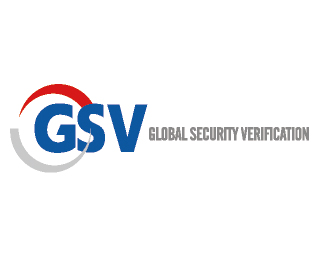
Intertek’s GSV program employs a cutting-edge methodology for promoting best practices throughout the global trade industry, enabling importers and suppliers to mitigate risks associated with the cross-border transport of goods, while simultaneously expediting their arrival at destination markets. Best practices are achieved through the effective utilization of resources, structured processes and innovation.
Intertek’s GSV program integrates multiple global supply chain security initiatives, including C-TPAT, PIP and AEO. Our mission is to partner with international suppliers and importers to drive the development of a global security verification process, resulting in increased safety assurance, risk control, efficiency and cost savings for all participants.
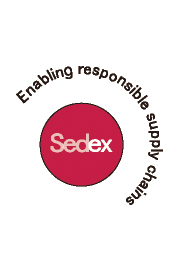
The Risk Assessment Tool, developed in partnership with global risk experts Maplecroft, enables you to assess the likelihood of an issue occurring within your supply chain. Each site of
employment is assigned a risk rating of Low, Medium, or High, helping you to identify which sites may need the most support.


 粤ICP备13058798号-1
粤ICP备13058798号-1 粤公网安备44172302000064号
粤公网安备44172302000064号